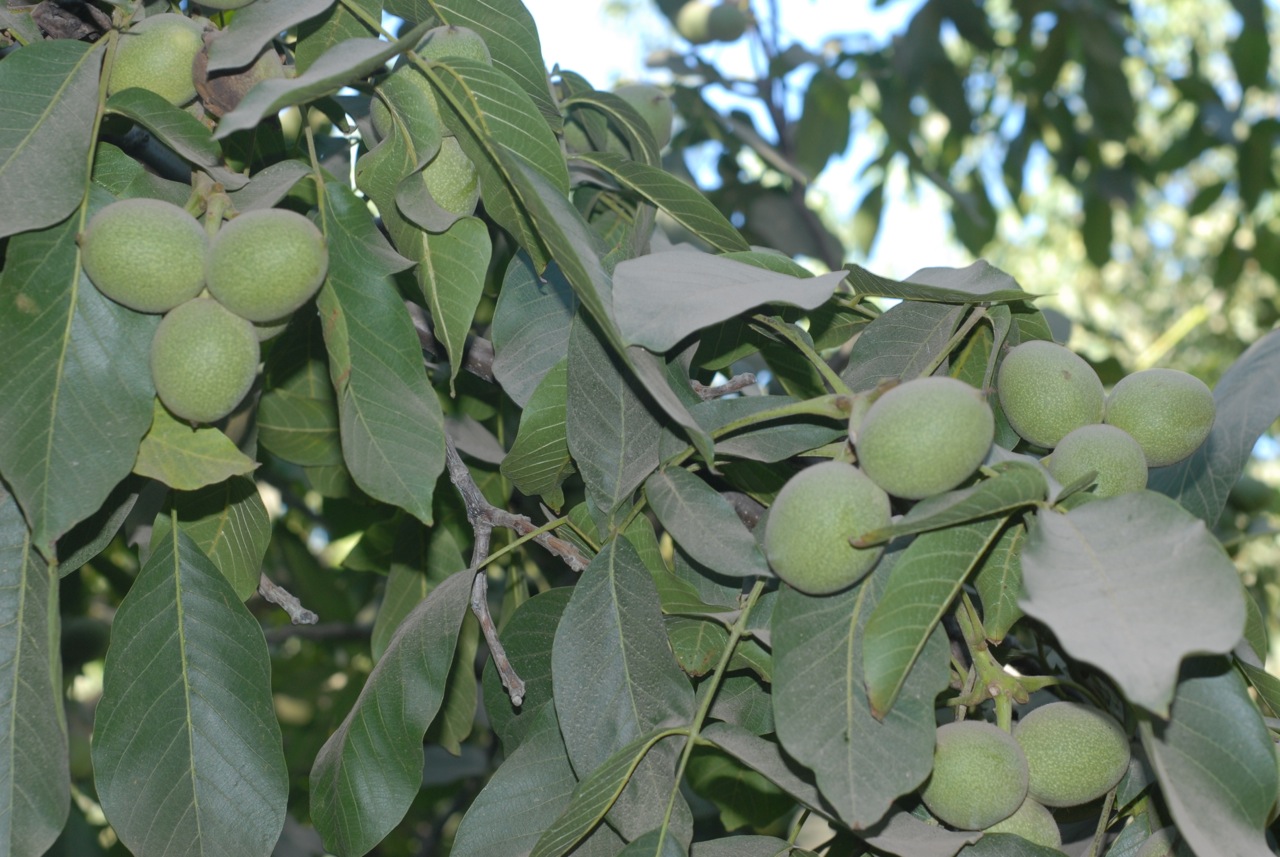Increased Chinese Tariffs Could put California Producers in a Tight Spot
There is Fear China Could Turn to Other Countries For Ag Products
By Mikenzi Meyers, Associate Editor
The ongoing threat of Chinese tariffs on American agriculture has recently been the topic of conversation for agriculturalists. With China posing a possible 25 percent tariff on U.S. soybeans back in April, it seems this conversation is here to stay. The added tariff could drive Chinese buyers to choose other markets on many California commodities, including walnuts, tree fruit and beef.
Matt Lantz, vice president of global access for Bryant Christie Inc., deals with international trade, and these issues on a daily basis. Bryant Christie is an international affairs management firm that is based in Sacramento and Seattle, where they help U.S. commodity groups and agricultural companies with their international trade issues in order to export their products.
Lantz explained that this new threat is a major concern for California agriculture.
“China is an incredibly important market for California fruit and vegetable exploiters, and any tariff or increased inspection makes it more difficult to export,” he said.
Making matters worse, Lantz pointed out that buyers are going to turn to the countries without the tariff—which can be bad news for producers.

















